Html Tutorial
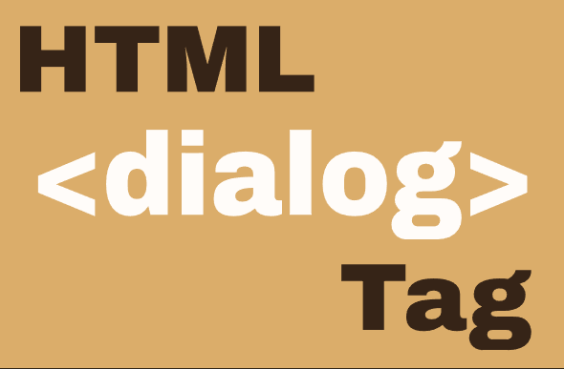
HTML <dialog> Element
The <dialog> element represents a dialog box or other interactive component that can be used for modal popups, for...
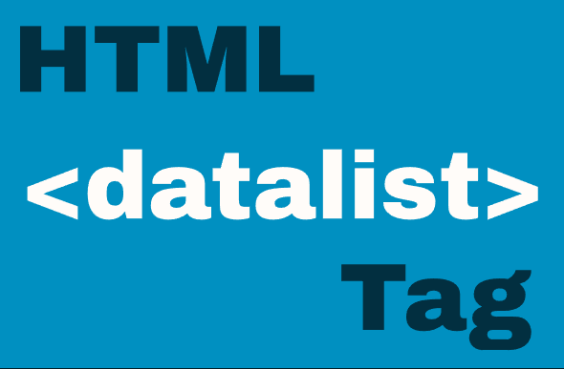
HTML <datalist> Element
The <datalist> HTML element provides an "autocomplete" feature for <input> elements. It contains a set of &l...
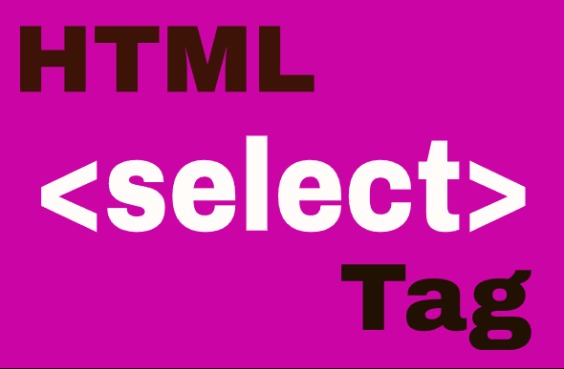
HTML <select> Element
The <select> element creates a dropdown list that allows users to select one or multiple options from a list. It's...
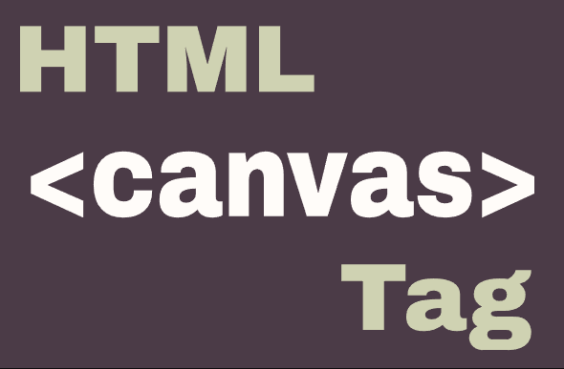
HTML <canvas> Element
The HTML <canvas> element provides a resolution-dependent bitmap canvas that can be used for rendering graphs, gam...
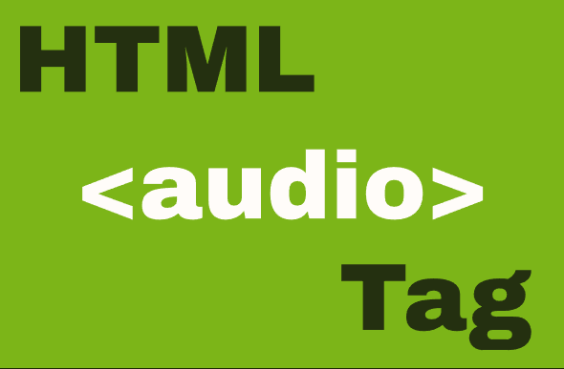
HTML <audio> Element
The <audio> element is used to embed sound content in web pages. It allows you to play audio files directly in the...
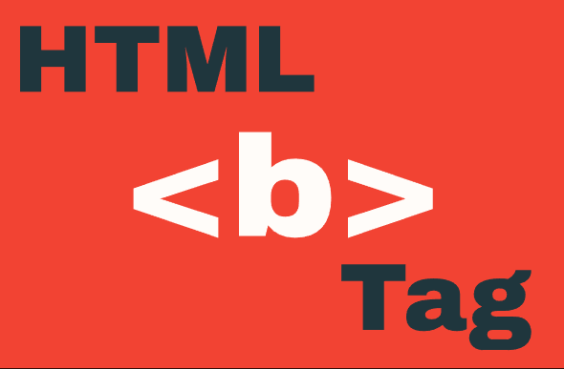
HTML <b> Element
The HTML <b> element is used to draw attention to text without implying any added importance or emphasis. It simpl...
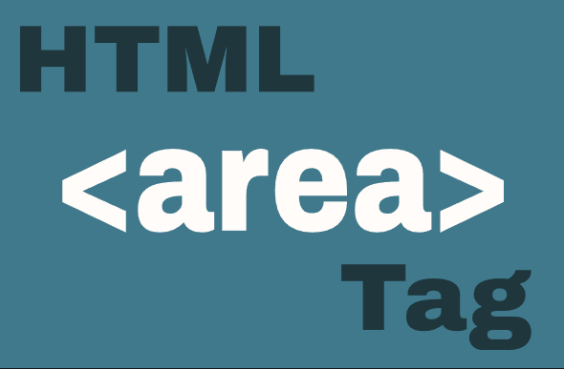
The HTML <area> Element
The <area> element defines a clickable area inside an image map (an image with clickable areas). It is always nest...
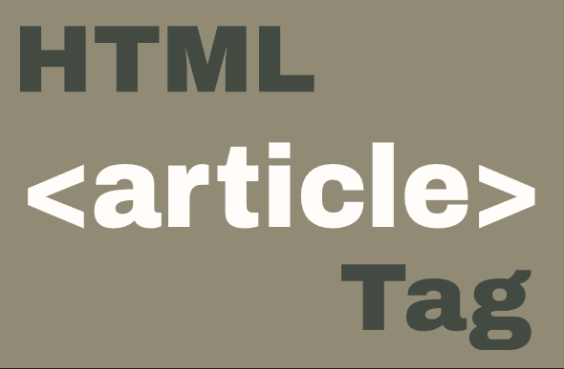
The HTML <article> Element
The <article> element represents a self-contained composition in a document, page, application, or site that is in...
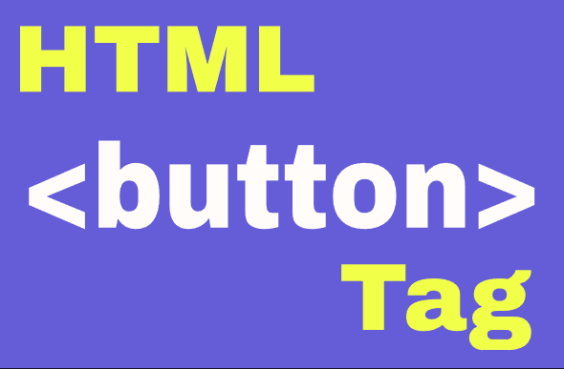
The HTML <button> Element
The <button> element creates a clickable button that can trigger actions on a webpage. Buttons can submit forms, t...
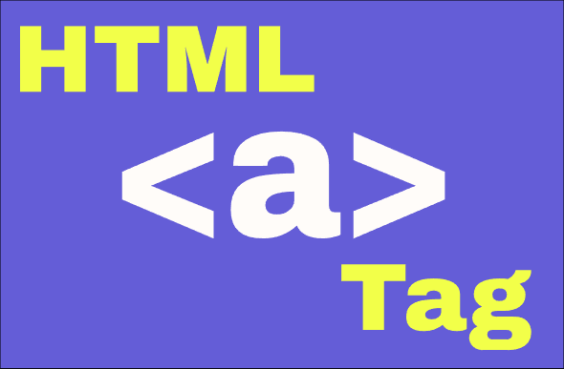
The HTML <a> Element
The <a> (anchor) element is one of the most commonly used elements in HTML. It defines a hyperlink that links ...